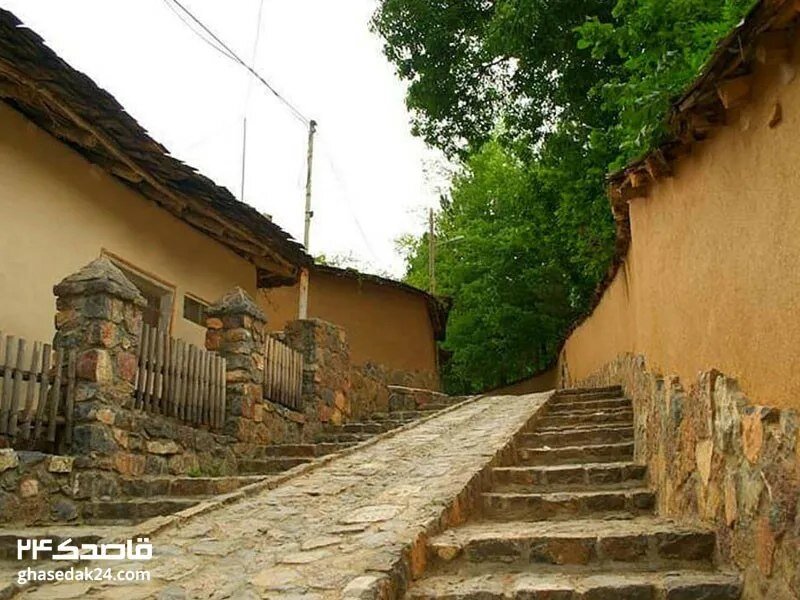Tehran – Mostafa Fatemi, director of the Domestic Tourism Development Office, said a list of 130 tourist villages has been prepared. He added that eight villages were finalists for the best tourist villages, taking into account the prerequisites declared by UN tourism, the IRNA reported.
NA joint webinar with representatives of the documents from the eight states, Soheli (Hormozgan), Kandris (Mazandara), Palangan (Kodestan), Moer (Aldabil), Hasanru (West Azalbaijan), Barhavan (Azalbai), Villages of Barhavan (Aldabil) and Fahraj (Yazd) were selected in 2025 according to the criteria set by UN tourism and introduced the global registration.
He explained that the world-classified tourist village with unique tourist attractions received high scores in terms of cultural, historical and natural attractions. “However, we are facing serious problems with several indicators such as international connections, transportation infrastructure, economic sustainability in the tourism sector, and increased scores.”
He added that the completion of the village file was featured on the agenda, taking into account indicators such as hygiene, safety and cultural resource protection.
He said May 18 will be his last chance to complete the candidate’s village documents.
Since 2021, the best Tourism Village Initiative aims to promote sustainable tourism in rural areas and focuses on preserving the natural landscape, cultural heritage, and indigenous lifestyles, including gastronomy and local values. Esfahak’s inclusion in this global list is a testament to the dedication that villagers will be to activate their heritage and turn it into a sustainable tourism hub.
Esfahak appointed one of the best tourist villages of UN tourism in 2024
Esfahak, a historic village located in Iran’s South Khorasan province, was named the best tourist village by United Nations Tourism in 2024.
The tribute highlights Esfahak’s notable changes from places devastated by the 1978 earthquake to thriving cultural and ecotourism destinations celebrating sustainability and heritage.
Esfahak, severely damaged by the 1978 earthquake that hit Tabas, was once considered uninhabitable and its residents lived in temporary tents. Later, when they began rebuilding their lives they built a makeshift wooden room known as the Otug e Chobi (wooden room).
Due to their commitment to sustainability and cultural conservation, villagers have reestablished the community over the years, developing eco-lodges and restoring traditional homes using ancient Adobe techniques.
Esfahak’s transformation into a cultural and ecotourism destination attracted attention for its unique architecture and sustainable practices, winning the village’s prestigious Asian Architecture Award. Today, it attracts tourists from all over the world and is drawn to its picturesque Adobe structure and commitment to maintaining its local identity.
KD

